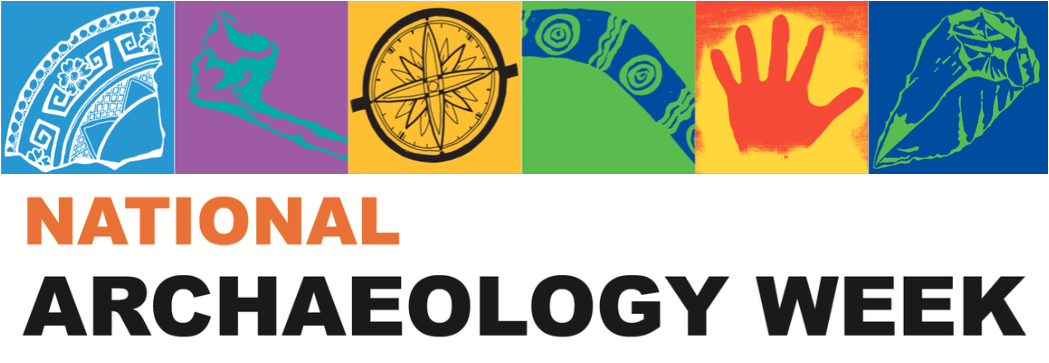Sophie Jennings
Current position
Senior Heritage Consultant at GML Heritage.
Where did you study?
Undergrad at University of Sydney, honours at University of Western Australia
How did you become interested in archaeology?
It developed as childhood interest, probably inspired by my Dad's subscription to National Geographic in the 90s. I'm sure that the human evolution dioramas at the Australian Museum in the late 1980s and early 1990s also played a part. I have distinct memories of 'Lucy' - a copy of the Australopithecus skeleton, a sabre-tooth tiger eating a baby, and giant wombats. It made an impression.
What archaeological projects are you working on at the moment?
I'm getting my teeth sunk into post-excavation reporting. It’s a time of equal parts frustration and 'aha' moments as you piece together what was excavated from mounds of muddy paperwork and blurry photos. I had the privilege of working on an early European site in Parramatta last year that I am now writing up.
Tell us about one of your most interesting archaeological discoveries.
I find this question always the hardest to answer (and it comes up on just about every construction site I’ve worked on). Personally, its not an individual find, but the experience of being able to dig and work on amazing sites, and learn new stories about how people got by in the world. I get really excited about almost anything. I’m currently writing up a talk I’m giving for NAW on an excavation I did in Taree (mid-coast NSW), and was so excited to learn about the Big Oyster, now part of a car sales yard, that was built in the 1990s by the same people that brought us the Big Merino and Big Prawn: https://midcoaststories.com/2019/03/tarees-big-oyster/
Tell us about a funny / disastrous / amazing experience that you have had while doing archaeology.
The most amazing experience I’ve had was the first site I worked on in London: the Bloomberg site in central London, now home to the London Mithraeum: https://www.londonmithraeum.com/. Also referred to as the “Pompeii of the North”, this was an amazing opportunity. The site had excellent preservation of organic structures and finds as it sat on the edge of the Walbrook stream. We had several centuries of people’s houses and endless amounts of their rubbish. In total, the excavation uncovered 14,000 individual objects. I remember getting excited about a timber spindle (for spinning wool), as a knitter it felt very personal. There was also A LOT of leather shoes, and the earliest known Roman writing found in Britain.
What’s your favourite part of being an archaeologist?
So many things: being able to dig and re-uncover the past. And the people: digging is always made better with a good team.

